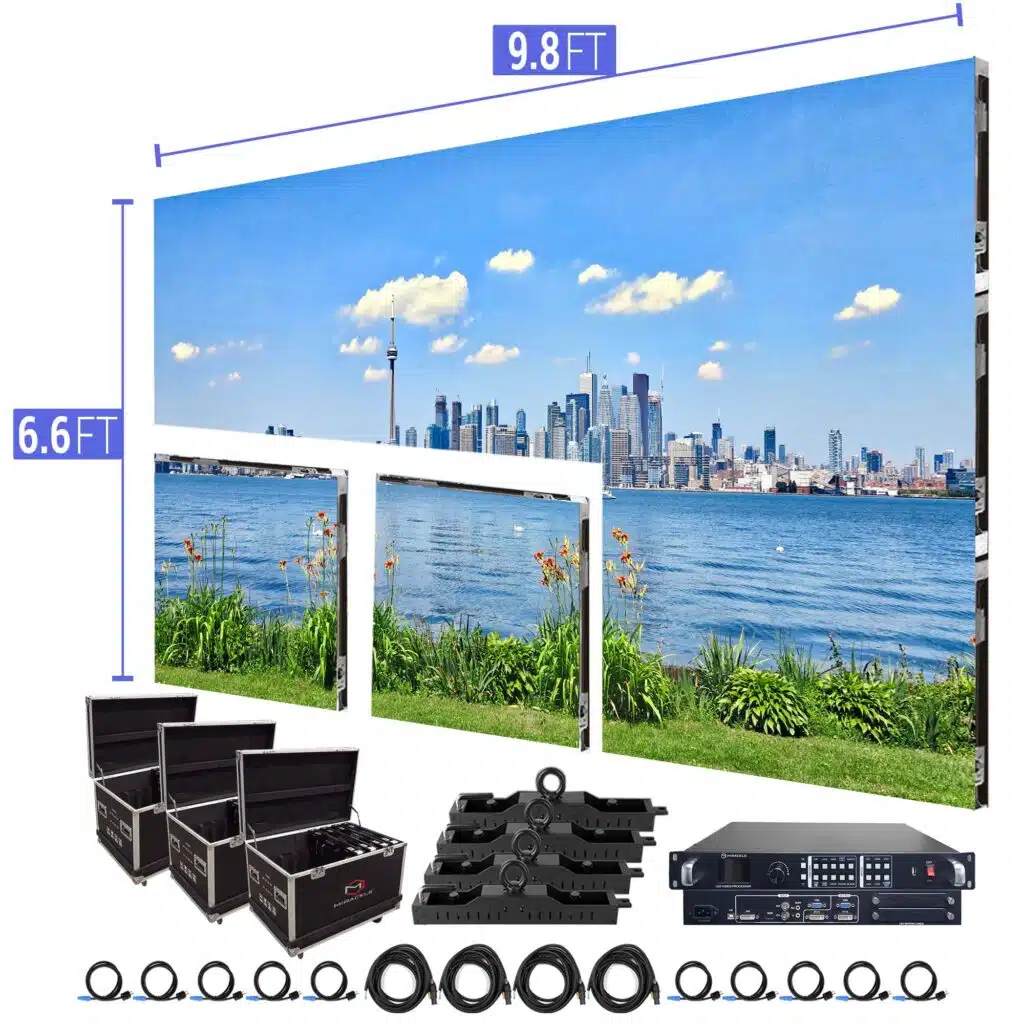Investigating How Definition Influences the Functionality and Visual Quality of Light Emitting Diode Walls in Modern Exhibition Technology
LED screens are becoming more and more popular in various environments, including musical events and sports events to business displays and creative installations. One of the key important factors that influence the functionality and image quality of these screens is image clarity. Resolution refers to the quantity of picture elements that compose the image on the screen. Higher resolution means additional picture elements, which can result in clearer and crisper images. Understanding how resolution impacts LED screens can assist operators make informed choices about their screen needs.When discussing image clarity, it is essential to consider picture spacing, which is the gap between the center of one pixel to the center of the following picture element. A smaller pixel pitch yields a greater image clarity, allowing for more detail in the visuals shown. For instance, an LED screen with a picture spacing of 1.5mm will provide a clearer image than one with a picture spacing of 3mm. This is especially crucial in environments where viewers are close to the display, such as in a compact venue or a trade show booth. In these cases, a greater image clarity can greatly enhance the viewing quality.
Another factor of image clarity is its impact on color precision and luminosity. LED screens with higher resolutions often have better hue rendering, meaning that the colors displayed are more lively and realistic. This is crucial for applications like advertising, where the objective is to capture attention and convey a concept effectively. Additionally, greater image clarity displays can maintain luminosity levels even when seen from different angles. This is important in large locations where why not try this out viewers may be seated at various distances and positions from the display.

The performance of LED screens is also affected by image clarity in terms of update rates and response times. A higher resolution screen can support quicker refresh frequencies, which is crucial for fast-moving material such as films and motion graphics. This indicates that the visuals on the display will look smoother and more seamless, improving the total observing quality. In comparison, reduced image clarity screens may have difficulty with dynamic material, resulting in fuzziness or delay. Therefore, for events that rely on high-energy visuals, choosing a display with a appropriate image clarity is vital.
In summary, resolution plays a vital role in determining the performance and image clarity of LED screens. Elements such as picture spacing, color accuracy, brightness, refresh frequencies, and reaction durations all affect how efficiently a screen can communicate data and engage viewers. As technology continues to advance, grasping these factors will assist operators choose the right LED screen for their particular requirements, guaranteeing that they obtain the best potential outcomes in their presentations and events.